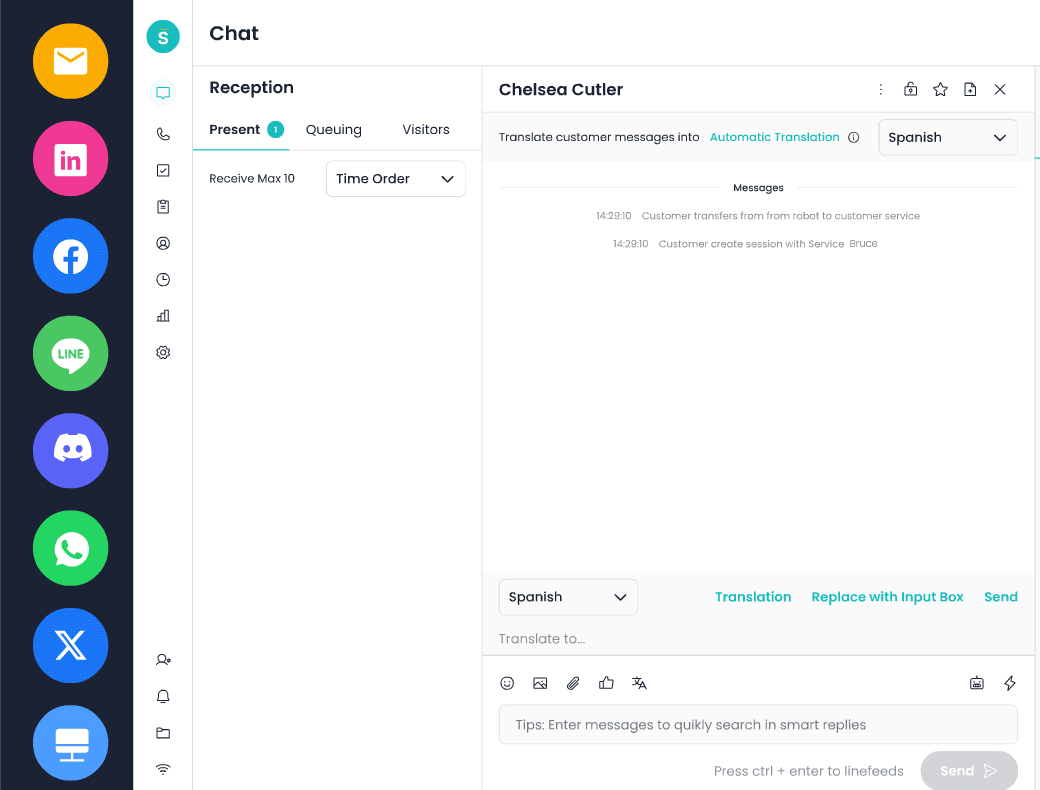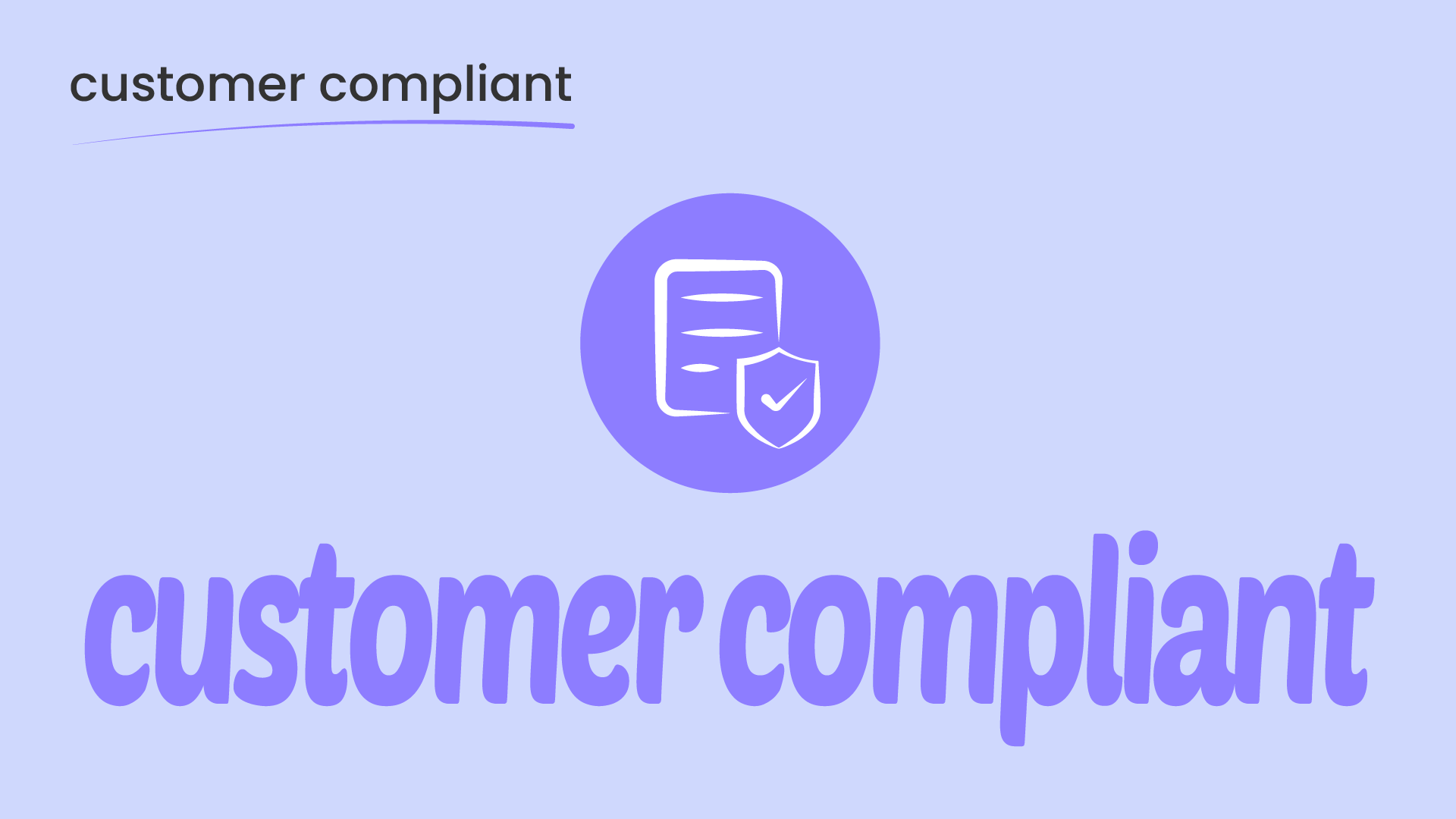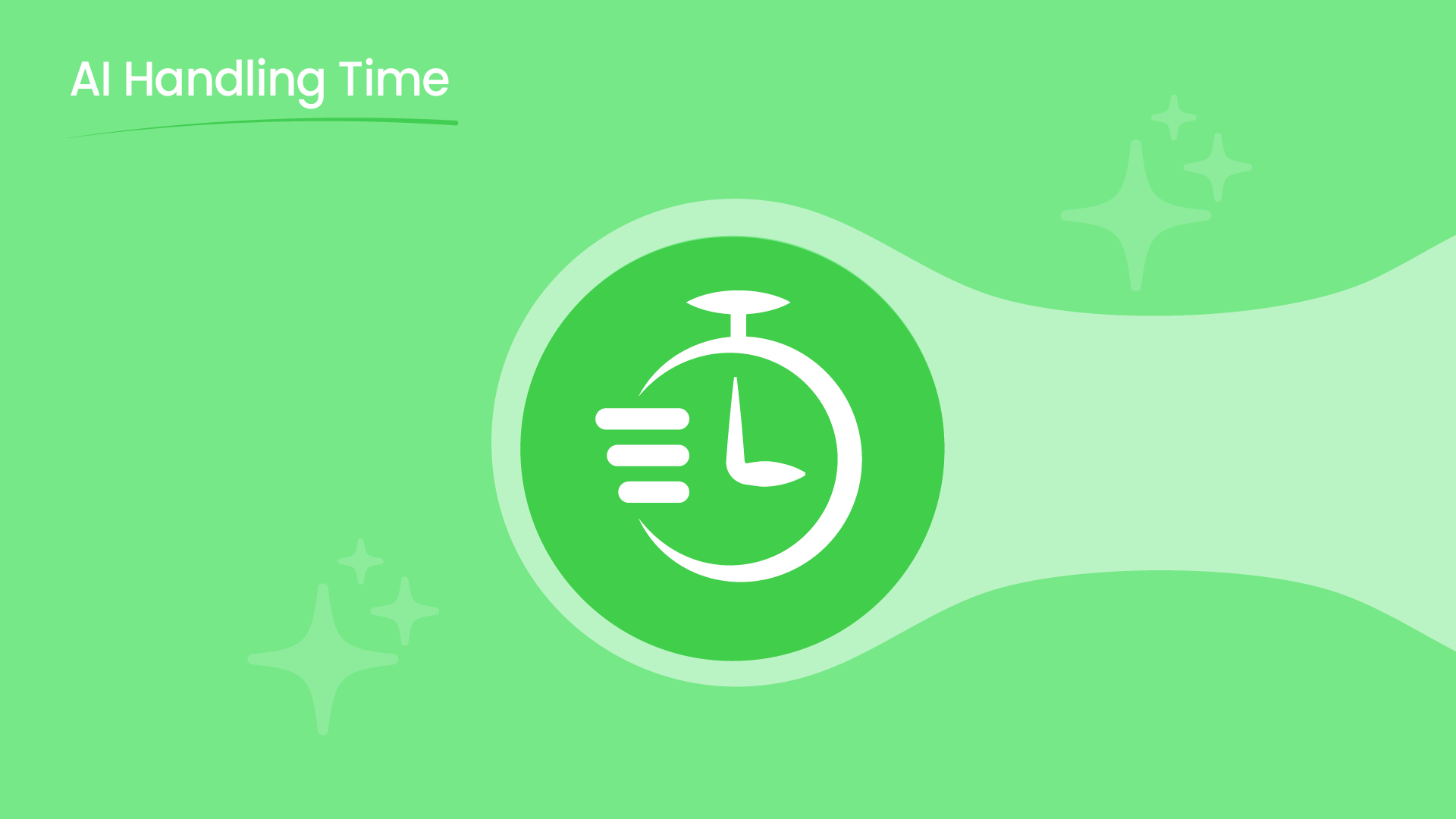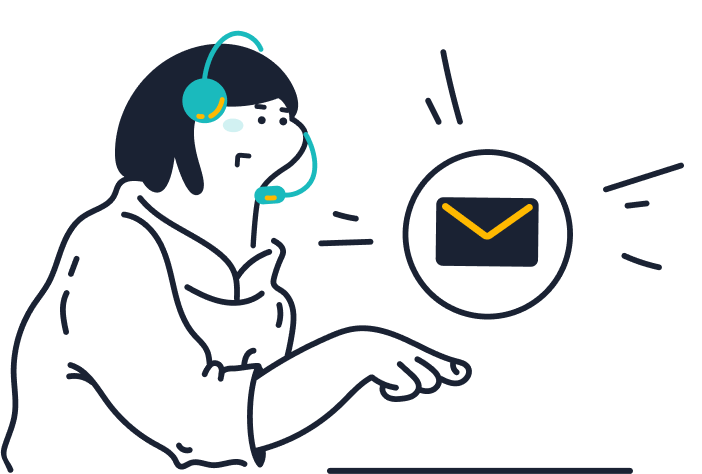In an effort to optimize agent efficacy during outbound contacts, automated outbound dialing is implemented by call centers. Dialer software is employed to initiate telephone conversations via the Internet from predetermined lists of leads or accounts. Automated outbound dialing is effective for agents who operate in account-based structures to communicate with their customers or leads. To reach a lot of people in a short amount of time, call center workers also use automatic outbound dialing.
The Role of Automated Dialers in Call Centers
Automated outbound software generally has a lot of different features. Outbound dialers, for instance, could work as manual dialers, meaning they would only serve as a virtual number pad for workers to use when calling customers. Outbound dialers enable agents to initiate contact by clicking on phone numbers that appear as hyperlinks (which are typically located in a CRM).
Benefits of AOD Calls
It’s also possible for agents to use automatic outbound calling to make calls one after the other. This is called progressive dialing. This could be used in several situations, such as sales or collecting debts. To save time, agents may program the dialer to contact certain numbers from a list. In addition, automated outbound dialers can be configured to terminate when they encounter a busy signal or voicemail, thereby improving agent efficiency. If the line goes disconnected, agents are immediately connected to another outgoing call.
Important Features of AOD Software
Certain outbound dialers also provide the option of using predictive dialing as an additional option. At a certain time, it checks how many live agents are available, how many calls are coming in, and other things to see how many outgoing calls the call center can make simultaneously. The consumer is linked to the next available agent as soon as they have responded to the call. Customers may be directed to agents according to their skill level, which is determined by the intricacy of their requirements.
Key Characteristics of Automated Outbound Dialing
Power Dialing for Higher Productivity
To make the most of their calling time and be more productive, agents may use power dialing, which uses sophisticated algorithms to automatically dial a list of phone numbers. This helps send pre-recorded group announcements and reminders to a massive client database.
AI-Enabled Voice Broadcasting
The voice broadcasting solution is equipped with state-of-the-art AI-powered natural language processing (NLP) and natural language understanding (NLU) technology platforms that facilitate speech recognition and text-to-speech (TTS) transcription. This enables the effective delivery of pre-recorded, tailored audio messages to an entire audience at once.
IVR Integration
Integrating with Interactive Voice Response (IVR) systems allows the receivers to respond to the audio message using touch tones or their voices to gather data.
Automated Multilingual Calling
Automated outbound calling supports several languages, allowing companies to connect with customers in their chosen language. This helps organizations cater to a broad client base and improve communication efficiency across various consumer groups.
Data Synchronization through API and CRM Integration
Businesses can synchronize data and optimize communication processes with the help of API and CRM integration. This connection includes ready connectors and configurable API integration with common CRM systems, payment gateways, and third-party applications.
Better Reporting for Marketing Analysis
Businesses may evaluate the efficacy of their voice campaigns and make informed decisions about future marketing strategies with the help of comprehensive reports that show call status and response confirmation.
Remote Monitoring
Companies may improve their voice campaigns even when they aren’t physically present at the campaign with the help of remote monitoring, which allows them to see call progress and campaign success indicators in real time.
Scalable Voice System
Businesses may make a lot of calls at once and expand their outreach to match their communication needs to reach more people without sacrificing efficiency or performance with an automated voice system.






